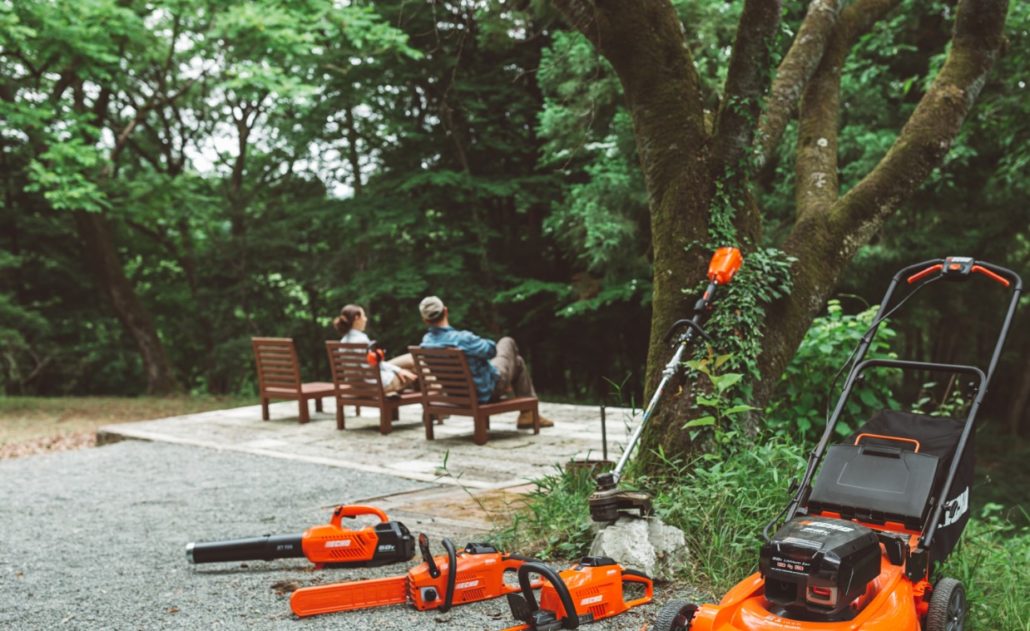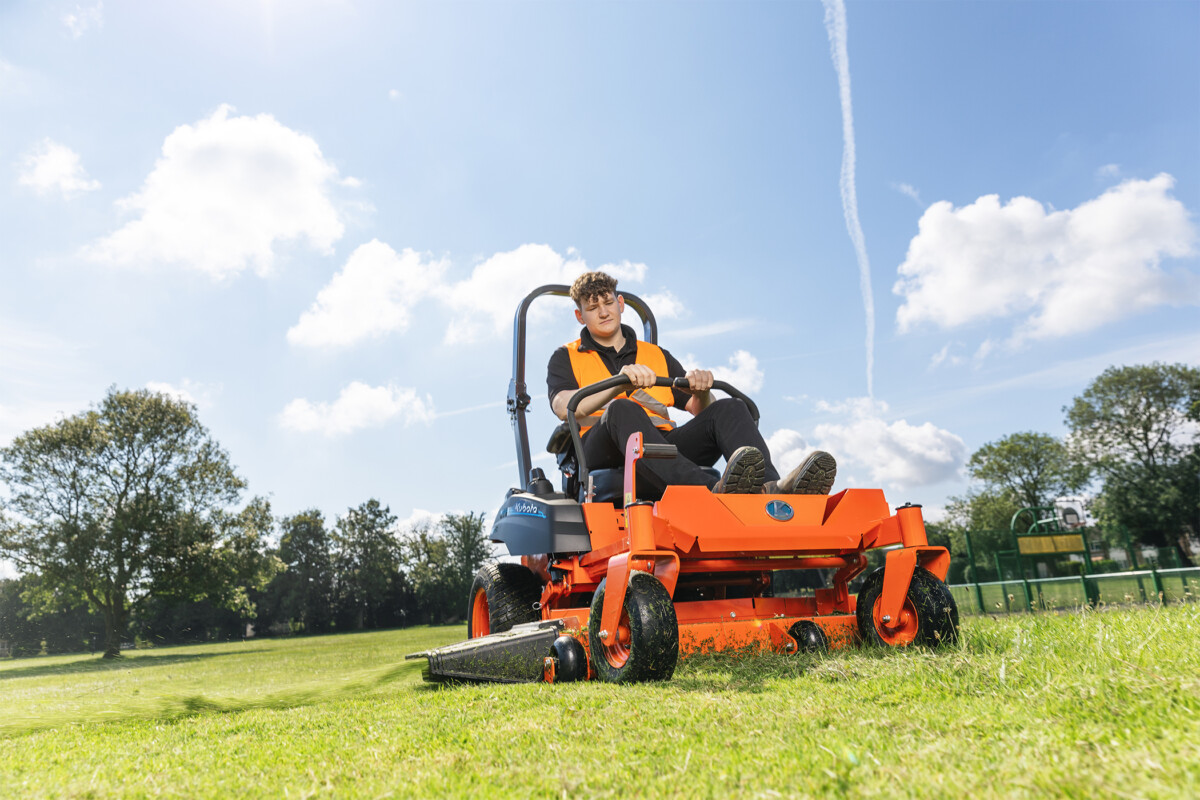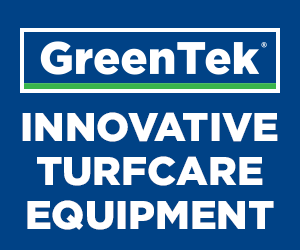Battery Power Vs Petrol Power: There was a time when it seemed petrol powered outdoor tools would always reign supreme. Battery powered tools were regarded by professionals and serious gardeners as no competition. They couldn’t match the power and uninterrupted operation of their two-stroke counterparts.
That time has passed. Today’s Lithium-ion batteries have revolutionised the way we work with battery powered tools. Now they can produce the power to equal petrol equipment while producing zero emissions at the point of work. Noise levels are also greatly reduced and the benefits don’t stop there. Vibration is minimised. The lower maintenance costs of battery powered motors lead to substantial long-term savings. Safety is improved by removing the need for fuel filling and on-site storage. There’s no tugging away with recoil starts, with batteries you just charge and go. Instant full power at the push of a button. In many cases one battery will fit a range of tools, interchangeable between a hedgetrimmer, brushcutter, power blower, chainsaw and even a lawn mower.

The traditional argument in favour of petrol and two-stroke, apart from the question of power, was the uninterrupted operation. Batteries quickly ran down and took many hours to recharge. With petrol you just fill up and go. Batteries had a limited life and needed regular, costly replacement. To some extent, operators using outdoor power tools all day long may argue the need to remain with petrol two-stroke for the time being. Professionals arborists need to know their chainsaws are going to work for them all day. Groundcare maintenance contractors and landscapers rely on their petrol brushcutters, power blowers and hedgetrimmers to take the punishment the job demands and maintain productivity. But time is running out for fossil fuels, with legislation and Health and Safety putting the squeeze on the use of petrol power. So it’s good to know there’s an alternative.
Lithium-ion is highly efficient and brings longer battery life, quicker charging times and low self-discharge to the table. The power you need is there instantly, consistently and almost silently. Batteries do need charging but charge times have become greatly reduced using rapid chargers and most people will have a spare battery on charge in readiness. On the subject of replacement, that is easily weighed up against petrol and two-stroke engines needing regular servicing, with associated costs. Today’s brushless electric motor is maintenance-free, producing greener, cleaner energy. Emissions are managed by energy efficient motor controls for speed, power delivery and battery temperature, with the added benefits of improved performance and longer battery life. Using a rapid charger, quick charging also reduces downtime so more jobs can be completed in a day; and there is of course the option of using 4Ah batteries for longer run time.

As professionals know, regular use of handheld petrol-powered tools carries the risk of Hand-arm Vibration (HAV), also known as vibration white finger. This painful condition can be avoided using low vibration tools, which is another benefit of battery powered tools, many of them operating well below the daily 2.5m/s² A(8) Exposure Action Value (EAV) limit.* Other considerations that make battery power a safer option are the fact the operator is not working with and storing flammable liquid. Much reduced noise levels are not only good for the environment in which the work is taking place, the operator is not exposed to high noise levels associated with two-stroke petrol powered machinery.
Taking the arguments in favour of battery power, with the benefits to the environment, the operator, and those in the vicinity, it’s easy to see why many professionals are turning to ‘charge and go’. All the power you need with low emissions, low noise, low vibrations, greater safety and reduced costs. Battery vs petrol? The ultimate choice remains in the hands of the operator and what best suits their needs and working environment.
To find out about ECHO’s range of petrol and battery powered outdoor power tools, speak to your local authorised ECHO dealer, visit www.echo-tools.co.uk or call 0800 597 7777 for more information.
*Daily exposure to vibration is measured by the formula known as an A(8) value. For hand-arm vibration (HAV), the daily ELV is 5 m/s2 A(8) and the daily EAV is 2.5 m/s2 A(8).
For the latest industry news visit turfmatters.co.uk/news
Get all of the big headlines, pictures, opinions and videos on stories that matter to you.
Follow us on Twitter and Instagram for fun, fresh and engaging content.
You can also find us on Facebook for more of your must-see news, features, videos and pictures from Turf Matters.


























